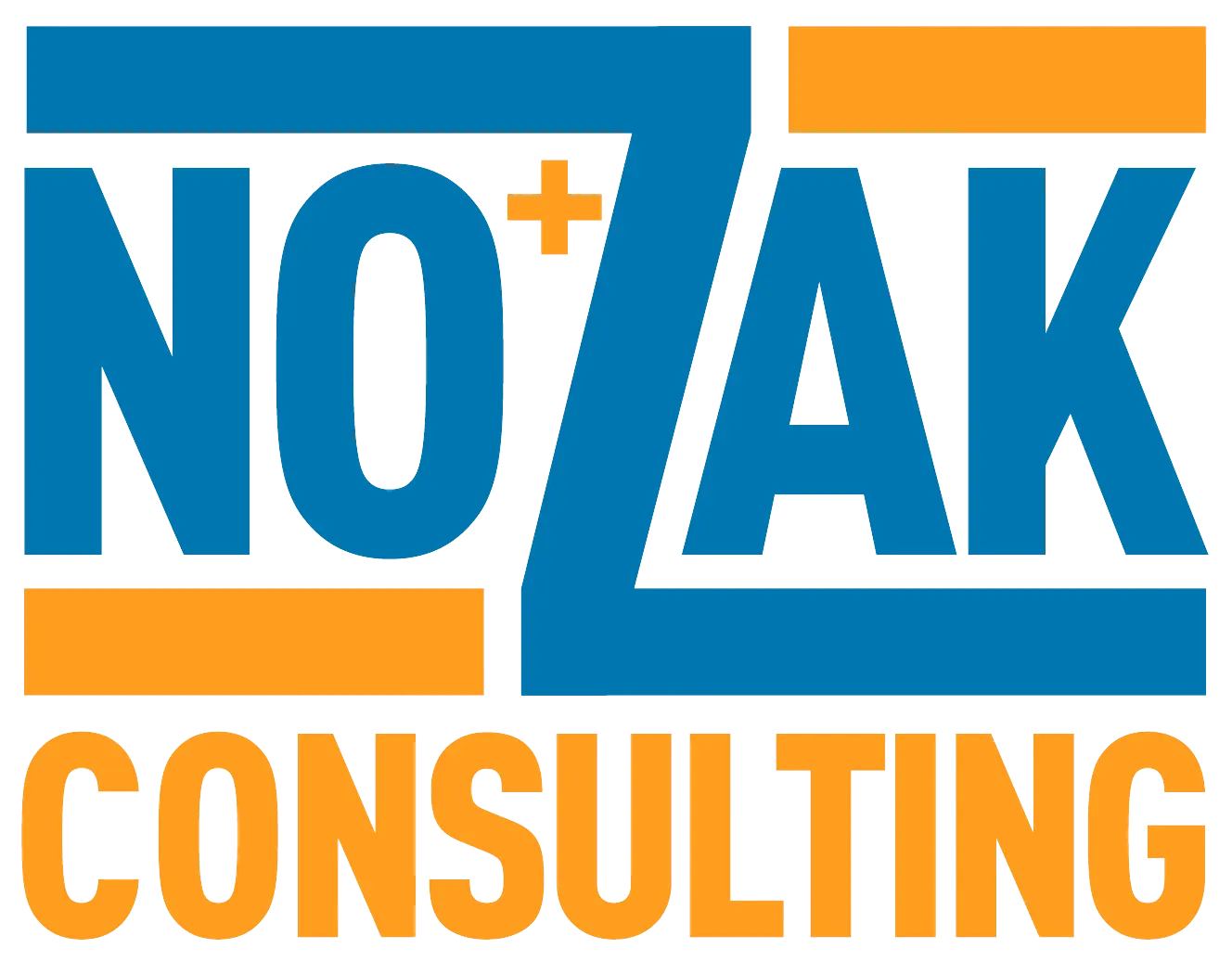Starting A Business | How To Start A Business | Business Start Up
Start Where You Are, Use What You Have, Do What You Can
In 2014, I had been sensing it was time to jump into business full time. My wife and I had been enjoying a cush DOE job that paid well and had some great perks. At work at 8:30, home by 4:30. Weekends off. For a season, this job helped us to stabilize and pay down debt and to enjoy time together.
In December of 2014, I started feeling as if it was time to become a full time entrepreneur. It was going to be a big risk. Deep down, I knew staying where I was would be an even greater risk. No longer was I going to be able to do the one-foot-in type of entrepreneurship. I knew I would need to give up the teaching job, and say “no for now, but not for ever” to my music pursuits and dive into business.
I sensed it was time, but had a child on the way and felt it would be irresponsible to leave a secure job with no backup plan to find my entrepreneurial niche. In March of 2015, we lost that pregnancy.
This awkward pause in life gave us a moment to reevaluate what to do next. Thankfully, we had begun the process of reducing our burn rate over the prior year and my wife’s income was just enough to give us room for a “takeoff.” Through much thought and discussion within the month, I turned in my 1-month notice and launched myself into business.
Start Where You Are
Instantly I closed doors. I had fallen sickly prey to the belief that having many doors open was a safety net and responsible. Closing doors brought clarity and confidence. Stuck at the juncture between hope and fear I chose to hope that I was sensing a divine beckoning into business.
My spouse and both sets of family were on board and supported this transition. I knew I could navigate through the unmanageable obstacle, because of my past business experiences.
Start where you are.
Quickly I identified an idea that had proven successful in parts of the city. Shaved ice. It was low barrier, low cost, and low competition. The market was fragmented, there was one dominant player and there were huge geographical areas with no providers. Not having much money, we chose shaved ice as our fountainhead. Most of the legwork I completed from my car and house; I had a makeshift office in the corner of the living room. I found a helpful resource online about the products, competition, and industry, read it and began.
Use What You Have
It is funny, before we made this transition, we sold my high maintenance RX8, which averaged 10-12 miles a gallon and required high-octane gasoline, to purchase a Honda Insight Hybrid. Little did we know this change was a foreshadowing of the amount of driving I would be doing.
Use what you have.
We created a business plan and started seeking out investors. We started raising money with a business plan; eventually we switched to a pitch deck. We learned quickly from those willing to advise us and read many books. I used my business background, my dad’s ability to build, my family & network for investors and co founders and we went to work. A great resource for this process is The Founder’s Dilemma by Noam Wasserman. I started blindly, but quickly realized I needed help, so I started asking questions and found this resource thanks to Larry Wofford at TU.
Do What You Can
I built and executed the plan, my dad built the huts, my wife brought home the bacon and helped me with tasks in this business and our other business, our business partners did their part and we were off the ground in less than a month with our first location.
Do what you can.
We used our own skills and added talent around us with little strengths’ overlap. Through this, we were able to create a more complete team.
Start where you are, use what you have, do what you can. When you “see the writing on the wall”, focus on the gaps. Inside these gaps are “pain points.” Start your own entrepreneurship based on these “pain points” or customer needs.
Find your competitive advantages in these gaps. Do not bet the farm. Squeeze as much of the risk out of the venture as possible, in essence de-risk risk. In new ventures have the ability to fall forward and be ready to acclimate your life to turbulence. Manage your team, time, and money with all due diligence, find your bearings, and keep your eyes on the new horizon.
